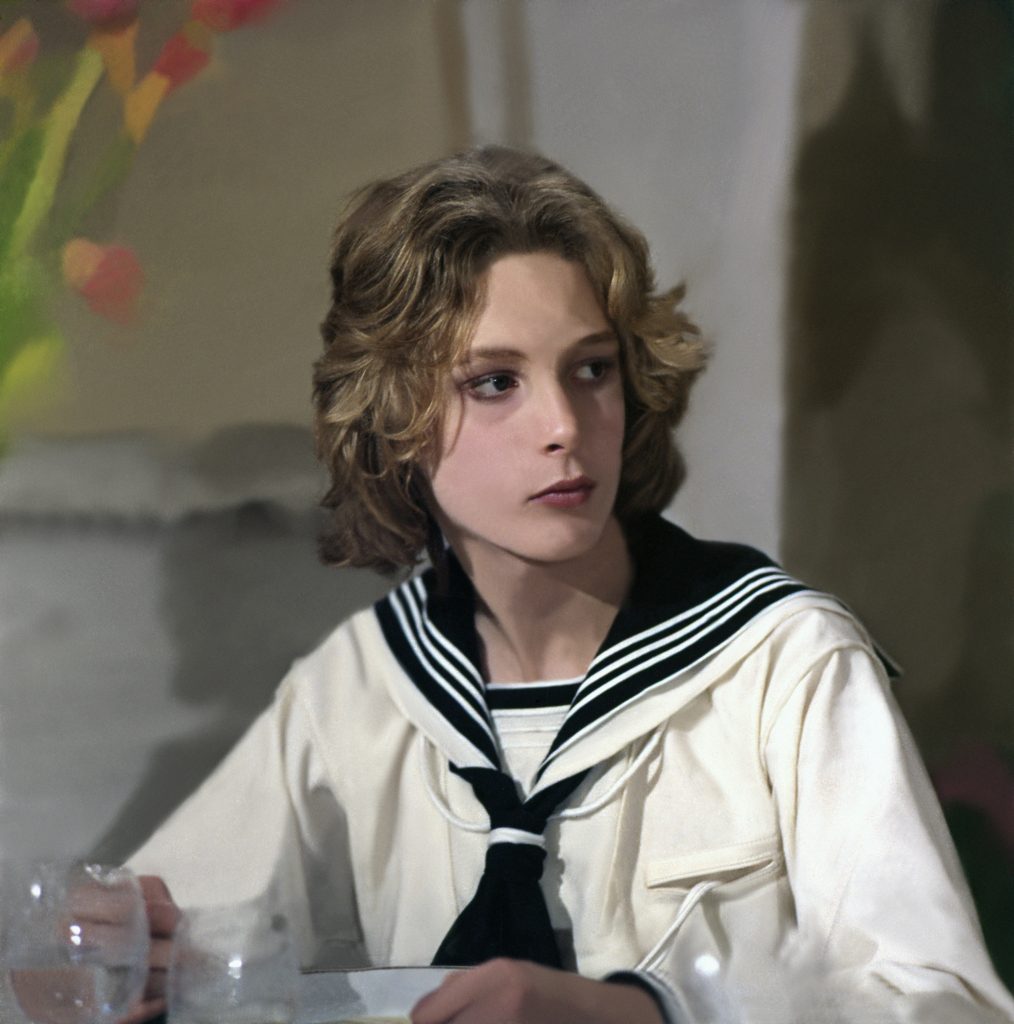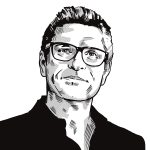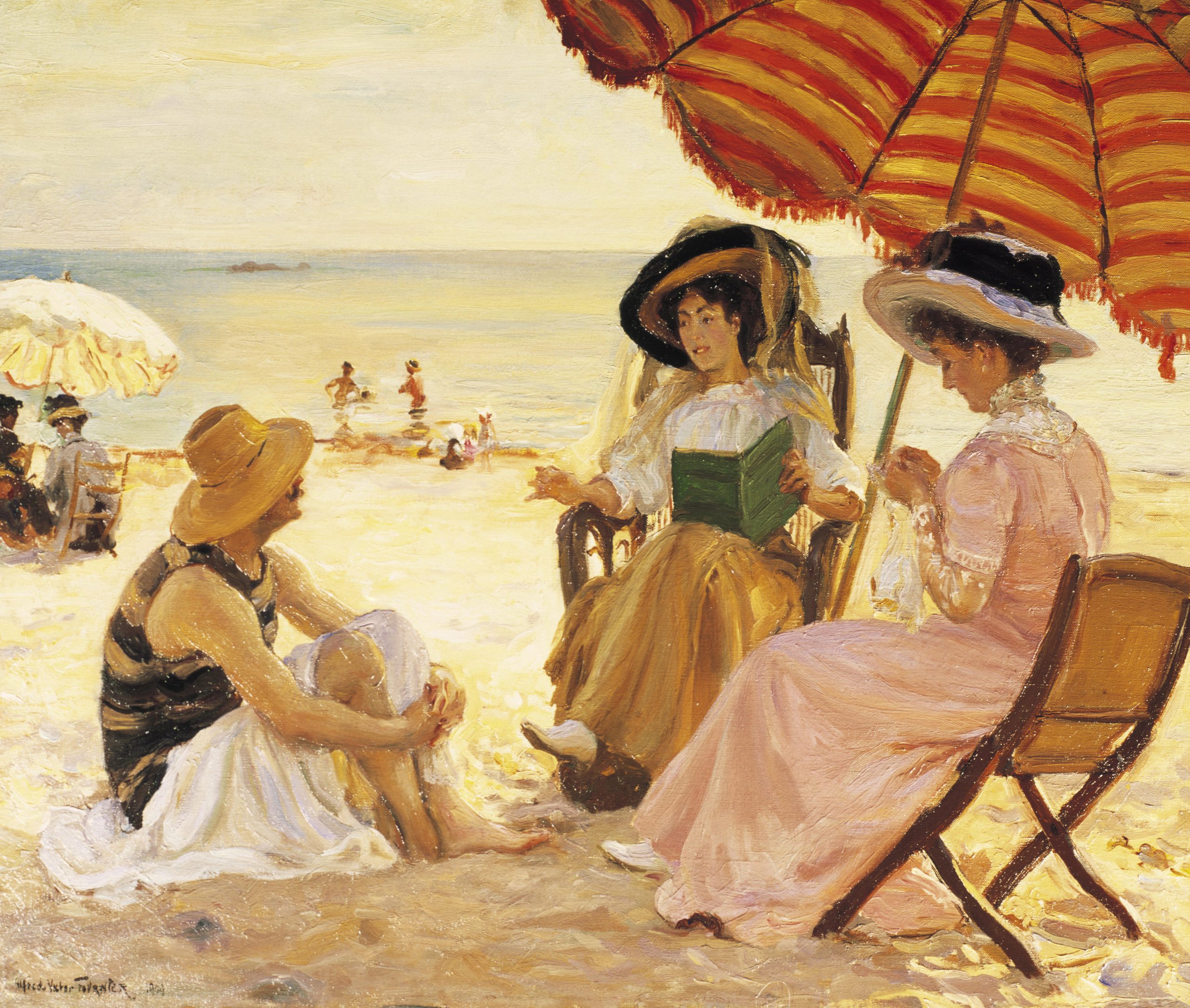When he was just 15 years old, Bjorn Andresen from Stockholm had one of the most famous and adored faces in the world. But it wasn’t his. And, in many senses, he would never own it again.
After a lengthy search, Andresen was cast by Luchino Visconti as Tadzio in Death in Venice, the beautiful boy with whom the ageing composer Aschenbach (Dirk Bogarde) falls lustfully in love at the Grand Hotel des Bains, in the 1971 film version of the novella by Thomas Mann. Andresen’s performance and piercing beauty made him an instant idol.
But Visconti maintained image rights over the face of his discovery, exerting control over him for a further three years. It was Visconti who had dubbed Bjorn “The Most Beautiful Boy in the World” which the press had lapped up, but now the dictatorial director wouldn’t let anyone else touch him, despite a worldwide clamour for the beauty, from all ages and all sexes. “It ruined my life,” says Andresen now.
And ‘now’ is a documentary and a hard cut: from the glamour of the Death in Venice London premiere in front of the Queen and Princess Anne, to a squalid, tiny flat in Stockholm from which the aged Bjorn is about to be evicted. He lives in a mess and he is a mess. So what has happened to that beautiful boy we’ve just seen in the clips?
Bjorn Andresen is tall and skinny but with fantastic silver hair fizzing down way past his shoulders and a full, hipster-ish beard. There’s something of a lion about him, crossed with some kind of ghostly, waifish mythical Scandinavian creature. It’s as if he’s hiding that beauty away, although as the film goes on, you start to see it shine through, the soft teenage beauty stiffened and lined but the bone structure still striking, almost regal.
He’s now the subject of Swedish documentary The Most Beautiful Boy in the World, directed by Kristina Lindstrom and Kristian Petri, who followed Bjorn for five years to make their very touching, often sad film. It’s a film that reflects the fleeting, ungraspable essence of beauty conveyed by Visconti and Mann in Death in Venice, dealing also with the vagaries of fame, the cruelties of the film business, the destructive nature of art and the slow march of time.
“We wanted to make a real film because that’s the only way Bjorn would agree to do it,” recalls Kristina. “He didn’t want to make a TV documentary just looking at his private life, but something cinematic that he could collaborate on with us.”
Her husband Kristian adds: “But it took so long that of course, his private life kept happening as we went along and it became like another layer of this man lifting, another door opening.”
Doors are a theme throughout, the most significant being the one the young Bjorn walks through to meet Luchino Visconti. So all-consuming and elusive was his quest for the right boy, that Visconti was making a documentary film of it: The Search for Tadzio, and the footage is taken from that.

We see Bjorn shy yet seemingly aware of his own beauty and we watch as the director tells him to take his top off. Within seconds, there’s Bjorn in his underpants, posing for the openly gay director. We can’t but help feel uncomfortable – it’s predatory just looking – but there’s no denying the power of that face, the charisma and challenge of Bjorn’s stare at the camera, those grey eyes, “the colour of water”, Mann had written and there you have it, as Visconti says in French: “Tadzio trouve”.
For the director it was an end of sorts but for Bjorn, life’s journey was just beginning down a path over which he had little control. We find out that Visconti had hired a mainly gay crew and was so bowled over by the precious beauty he’d found that he issued an official “hands off the boy” edict to everyone on set.
“You could say that Visconti fell in love at first sight,” says Kristina. “His whole body stiffened up, his whole manner changed. He’d found what he was looking for but he didn’t care how Bjorn felt about it.”
There’s no doubt Visconti filmed Bjorn’s Tadzio with affection, with love, with lust, even. Looking at the film now, he’s cast in a glow, a symbol of youth and vitality and innocence, the sun dappling his long blonde hair. For Visconti and for Aschenbach in the film, eternal beauty is out of reach, only attainable for a brief moment. Either the beholder will destroy it or it will pass and wither.
And there’s a startling scene taken from the press conference at the Cannes Film Festival in which Visconti, having made his film and no doubt already turned his thoughts to the next project (the equally all-consuming Ludwig, which would idealise that most handsome 1970s European, Helmut Berger) publicly dismisses the boy now sitting next to him, and says to the press that he’s not as pretty as he used to be, that he’s gotten older, that his best moment is gone. It’s supremely cruel, very bitchy, and poor Bjorn seems to have no idea what’s being said about him.
“That was when the madness, the real circus started, at Cannes,” recalls Bjorn in the new film. “I felt I was being attacked by swarms of bats – it was a living nightmare.” He remembers, too, being taken out to a gay club after the premiere and feeling that everybody wanted to lick him. Here is the ‘most beautiful boy in the world’ and everyone wants to touch him, like a Blarney Stone or elixir of youth, that contact with this child could imbue the possessor with magical, Peter Pan qualities.
He was taken to Japan, given an agent and Tadzio-mania broke out. “He was the first idol,” recalls his then-manager, a smiling Japanese chap called Max. “We had never seen anyone look like this before, didn’t know it was possible to look so beautiful. They turned up in crowds with scissors to try and cut off a lock of his hair,” recalls Max. The film-makers re-unite Max and Bjorn in an emotional scene. “We didn’t really think to stop and ask Bjorn how he felt,” says Max with some regret. “We all had jobs to do and we got on and made records and commercials and did TV shows with him. It was not the spirit of the time to think about the child.”
Andresen reveals that he was given pills, red pills, to ‘make him feel better’ when he complained of being tired or not wanting to make another TV appearance. He learned Japanese to record a song that became a hit, complete with the most ’70s video you can imagine, of Bjorn in a tank top, hair flying in the breeze as he plays on a swing.
Alone in a karaoke bar, the old Bjorn sings along to that song, watching himself on the video. He still seems to know all the words, and sings it just as well.
“But this is child abuse!” interrupts Bjorn’s new girlfriend with a yell in the documentary. She becomes a vital part of the story, tidying up his flat, saving him from himself but then getting exasperated and breaking up with him. But not before she’s heard the story of his life unfurl, and she shares the exquisite sadness of it all with a mix of love, admiration and horror.
Back in Japan, we learn that Bjorn became even more of an icon, immortalised as a character in one of the most popular and enduring manga series as a woman called Oscar, in The Rose of Versailles by the revered artist Riyoko Ikeda. We watch her draw Oscar and immediately realise how like Bjorn it is, this fluidity of gender, the regal poise, flowing hair.
“They call it ‘Bishonen’ in Japanese and manga culture,” Kristian tells me. “It’s for a particular type of manga hero, of androgynous beauty but capable of amazing martial arts and high intelligence. Bjorn is still the template for this, he is ‘super-bishonen’.”
It’s unclear in the documentary if Bjorn has had homosexual encounters or how these may have shaped him. He talks about a time in Paris when he was brought there to be in a film that never happened but that he was kept by a cabal of Frenchmen and a Monsieur Durant, who would take him out to the finest restaurants, shower him with gifts, put him up in a grand apartment, and Bjorn never paying a penny for anything.
“Bjorn is very secret about what actually happened in Paris,” says Kristian. “He always goes around that subject but I think also he was happy for that time and says he knew what he was doing and that in the end it was he who took advantage of them to make the most of it.”
There is, as the film shows, a lot more to Bjorn Andresen. We find out, slowly, about his mother – a shocking and sad episode, like a classier Who Do You Think You Are? – and his daughter and hints of what else he’s done.
I was amazed to see him feature in a clip of 2019 cult horror hit Midsommar, in a key role that anyone who’s seen the movie will remember, as the old man sacrificed at the festival to renew the youth of the tribe. I had no idea watching the Florence Pugh movie at the time that this was Bjorn Andresen, the most beautiful boy in the world. He certainly isn’t after you watch him fall to his death, head practically caved in. Did the director, Ari Aster, know the symbolism of this casting?
“We went to the set in Budapest where they were making Midsommar,” says Kristina. “We didn’t know what would really happen there but we were well into making our film with Bjorn and one day he says, ‘oh, I’ve got a part in a new American film, you should come’, so we did. And we asked Ari Aster and he did know about Bjorn and Death in Venice but he didn’t really know the impact he was having for a certain generation. They weren’t the audience for that film, but anyone in Sweden of a certain age knows about Bjorn and the icon he became.”
And now perhaps a whole new audience can discover Bjorn Andresen. This new film looks and feels a bit like therapy, though Kristina and Kristian remain admirably restrained and distanced, leaving us (and Bjorn himself) to think on what’s happened to him.
“It’s partly a film about the film business and a response to #MeToo, because we can’t treat young people this way,” says Kristian. “But it’s really also about gender fluidity and the power of cinema, how we read our own feelings into someone, project all our hopes and desires onto one ideal of beauty, and how that can’t possibly work in reality.”
And of course there’s a visit to the Hotel des Bains itself, now a ruin on the Venice Lido. I used to hang out in its grand bar during the Venice film festival, where it used to be the glamour hub, the preferred, if faded, destination of stars such as Catherine Deneuve, Donald Sutherland, Helen Mirren and Woody Allen. But now it is overgrown and awaiting new owners, barely being kept alive but not quite fallen down, yet.
It haunts the Lido and the film festival every year, to be honest, a symbol of decayed decadence, the ultimate iteration of Death in Venice. So it’s the perfect location for this new film to return to, juxtaposing the hotel now with how it was in the film, done up for its 1912 heyday when Mann’s book immortalised it – in truth, it never really changed much between then, the 1971 film and its sudden closure in 2010.
The grand hotel beach is still there, long and sandy, with its rocky promontory into the Adriatic. Fittingly, Andresen walks the hotel corridors, stalks the overgrown gardens and looks up at the mothballed ballroom before walking out, windswept, hair waving as he walks along the rocks.
Words aren’t needed for this bit, him looking on where it all began, when he was the most beautiful boy in the world, for a moment, before he hated it.
Was that his life’s achievement, to reach the pinnacle at 15 and not even know it and have it snatched away, leaving him with a void for the rest of his life?
It’s a thoughtful documentary that can make you think this, that ponders the nature of desire and the transience of fulfilment. Maybe that’s something none of us know, when we’re at our best, or when it’s behind us.
Or maybe there’s more to come from Bjorn Andresen, no longer the most beautiful boy in the world but still a pretty fascinating man.
The Most Beautiful Boy In The World is out in UK cinemas from July 30




